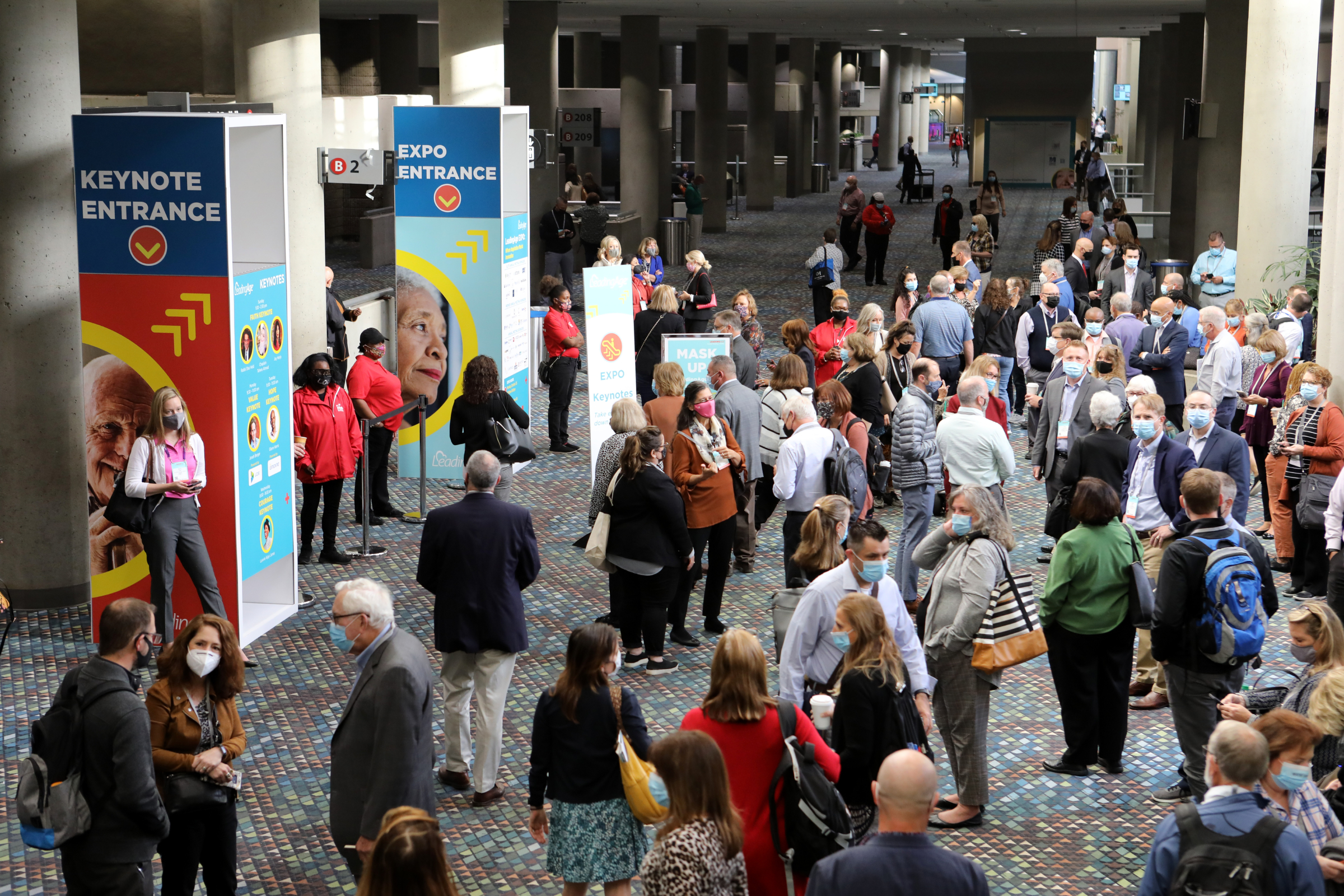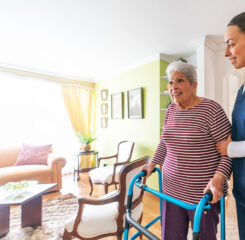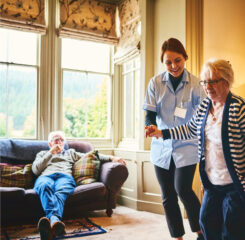An Evolving Approach to Ageism
Many of us have looked on in disbelief as memes for the coronavirus like “boomer remover” trended. Months into the pandemic, I feel incredulous as I witness a society that doesn’t value elders enough to supply appropriate PPE or testing supplies to elder serving organizations—even while COVID-19 disproportionality impacts older adults.
These times are shining a bright light on the inequalities in our society. To understand our way forward, I’m increasingly looking to the theory of intersectionality to build on the important work of the culture change movement and inform our approach to ageism. From culture change we’ve learned the importance of shifting from a medical model of care to a relationship-based model that aims to truly know each individual.
Intersectionality helps us understand how everyone’s multiple identities, like age, race, gender, sexual orientation, class and (dis)ability, result in different types of discrimination. Kimberlé Crenshaw, a Columbia and UCLA Law professor who coined the term says, “Intersectionality is simply about how certain aspects of who you are will increase your access to the good things or your exposure to the bad things in life.”
So, an intersectional frame suggests that it’s more than knowing that the newest member of a nursing community loves Earl Grey tea and was an elementary school teacher. Also knowing that she’s needed a wheelchair since her youth and has encountered years of discrimination based on her disability, gender, and race are crucial to understanding the whole person. While that discrimination may have formed a well of resilience within her, it also left her depleted and without access to the services and supports she needed.
To Crenshaw’s point about exposure to the bad things in life, we know that different identity groups have been disproportionately impacted by COVID-19. According to the CDC, “long-standing systemic health and social inequities have put some members of racial and ethnic groups at increased risk of getting COVID-19 or experiencing severe illness, regardless of age.”
The same is true for Alzheimer’s disease. The Alzheimer’s Association’s 2019 Facts and Figures indicate that nearly two thirds of Americans with Alzheimer’s are women and most studies indicate that older Black Americans are about twice as likely to have Alzheimer’s or other dementias, as older White Americans. I’ve heard people proclaim that dementia doesn’t discriminate, but these numbers tell us otherwise.
In the wake of the murder of George Floyd and countless other Black Americans, we have an opportunity to seize the moment and impact change in our field. We must start by reflecting. If Black Americans are disproportionality impacted by Alzheimer’s disease, do our dementia-related services and supports meet that need? How does an intersectional frame change the way we think about our work?
Isolating one layer of oppression, like ageism, makes us lose sight of the whole person. If we’re going to continue to embrace culture change and relationship-centered care as fundamental to our work—and I believe we must—then we must also acknowledge all the ways an individual’s multiple identities inform their lived experience.

Most Recommended
October 15, 2025
 Shutdown Week Three: Impact of Ongoing Closure on Affordable Housing
Shutdown Week Three: Impact of Ongoing Closure on Affordable Housing
December 10, 2025
Fiscal Year (FY) Funding 2026
October 07, 2025
Immigrant Workforce Matching Program Brings Workforce Relief
Recently Added
December 29, 2025
 RHT Program Awards: All 50 States To Receive Funds, Says CMS
RHT Program Awards: All 50 States To Receive Funds, Says CMS
December 29, 2025
 CMS Publishes Draft OASIS-E2 Guidance Manual
CMS Publishes Draft OASIS-E2 Guidance Manual
December 23, 2025
 CMS Debuts Models: ACCESS, ELEVATE and LEAD
CMS Debuts Models: ACCESS, ELEVATE and LEAD
December 22, 2025



